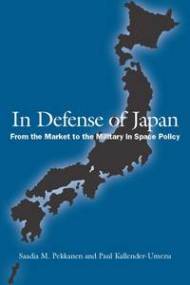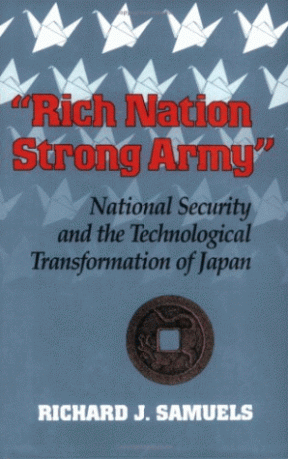Space News kindly published a version of my story on the H-3 last week. I’ve done the usual and pasted a version into this blog.
There is also a story by the ever excellent Warren Ferster on the Epsilon based on a JAXA presser. Please see this blog for more background on the Epsilon, or go to the new, vastly improved Space News website.
We can expect more light to be shone on this during June when the ONSP subcommittee makes its final recommendations. Meanwhile the Yomiuri and Asahi have some more information and perspective on the issue.
Our view in In Defense of Japan is that the H-series is a technology development program and while it may arouse screams of indignation and anger to say it, to put it bluntly, money will always be found to develop technologies that give Japan options. As, fundamentally, Saadia and I argue that Japan’s space program has always been basically, when you remove all the dressing, a dual-use strategic technology development program, then reasons to develop the H-3 will always be found.
As made plain by Dick Samuels and Mike Green, under nationalists such as Tomifumi Godai and in an era of rampant technonationalism and kokusanka, there were compelling reasons to develop the H-2. Japan wanted and needed to build a sophisticated, liquid fueled, highly efficient two-stage medium launch vehicle to cement its international reputation as part of the advanced spacefaring club. Remember, when the H-2 was envisaged over 20 years ago, few saw the impending “lost decade.”
Japan’s space program under NASDA was relatively awash with money, with investments made or planned into all sorts of challenging dual-use precursor technologies including ETS-7 (on orbit ASAT demonstration) OICETS/ Kirari (laser communications), reconnaissance/ spy satellites ICBM prototypes (M-V, J-1), reentry (OREX, USERS SEM) SIGINT (ETS-8), global strike (HYFLEX, HOPE) etc. Some highly ambitious programs that emerged last decade, have disappeared, for example HiMEOS and Smartsat-1.
On the other hand, ALSET looks as if it could make it.
Let’s not forget the H-2 very nearly made it to commercial viability but was fatally holed by the surging yen as well as dodgy turbopumps. So then money was found for the H-2A to solve the problem (half the costs, boost the payload) …but as we argue in In Defense of Japan, whether or not the H-2A really made it was not the issue. Could the program be justified in terms of a technology development program to the MoF. The peanuts in terms of cost involved in developing the H-2A compared to the cost of major launch vehicle systems by other advanced democracies (lets just name the Ariane 5) meant yes.
And now the cycle starts again. So how will the H-3 be sold to the MoF under the rubric of Japan’s latest stated space policy?
Sure, as something that will be commercially viable. Whether or not MHI and JAXA can actually achieve this is, we contend, strategically, a mute question. If and when the H-3 doesn’t make it commercially, MHI and Japan will have at least invested in developing a new level of excellent technologies that will secure Japan’s independent launch vehicle capabilities and provide jobs, technology and investment in its aerospace sector. Incidentally, the H-3 is now being sold by MHI as “catchup” again, as the slide above shows.
Sure, the same old cycle of vituperation and lashing will follow in the Japanese media if or when the H-3 fails to make the grade commercially, but the more strategic goals of “keeping/ catching up” will have been met.




